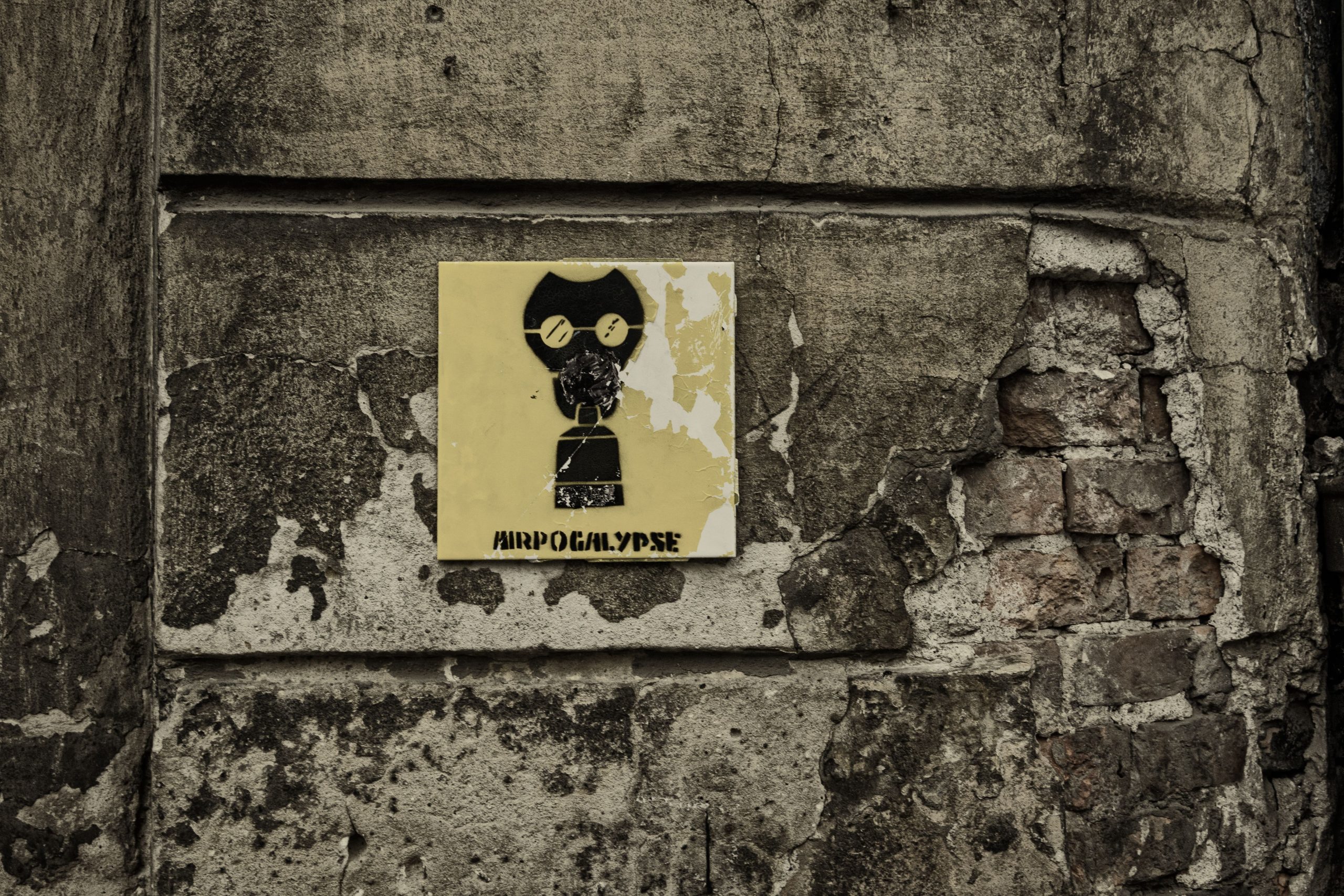In my novel, On A Black Horse, Frank visits a gothic chapel ithat many suspect could only be work of fiction. But the Sedlec ossuary is not a novel creation, and the Devil’s Bible actually reposed there, for a relatively short time in its long, dubious history.
A plane ride to the Czech Republic and a short car ride will bring the curious traveler face to face with one of the most majestic ossuaries of all time. If you get that once in a lifetime chance to visit, be prepared to have your sterilized, postmodern sensibilities thoroughly shocked. The tiny old church is adorned with the skeletal remains of approximately 40,000 previously breathing human beings.
Visitors are welcome to exploring its narrow rooms, gaping at this bizarre marriage between architecture and anatomy. Stepping through archways studded with fragile ivory, they are greeted by a bird constructed of human bones eagerly pecking the hollow eye of a grinning skull.
Skulls resting on crossed long bones gracefully sweep upward as they trim the edges of room, a host of round eyes staring into nothing. A drinking challis towers above, its curving sides made up of the femurs and tibias of a thousand legs. Chandeliers grow down from the ceiling, their great arms constructed of interwoven chains of vertebrae, one giant organic mass that looms oppressively overhead.
You may choose not to stay long. Many do not, overwhelmed with the sheer practicality, the almost callused way the dead are used as decorations in a church. And yet, if we suspend our visceral bias for a moment, we may experience the world as they did, nearly 600 years ago. It was a time of profound comfortableness with dead bodies.
Sedlec shocks our coddled little world because in modern times our dead are safely tucked away in trim black memorials and sterile granite obelisks. For those living in medieval times, their death sprawled. Their death lived with them, coughing up blood and rotting away in stinking, one room huts. The dying rolled yellowed eyes towards a desperate loved one as they reached home and called out, hoping the husband they left that morning was still alive. Their dead showed up for breakfast, carried out to a wooden cart before morning chores.
Sedlec became an epicenter of the plague earthquake that rocked world over and over again. It is estimated that six out of ten people died in some areas. But when we hear that number, it just a dry little stat. Close your eyes and see the faces. Think about a world with no sterile coroner’s office, no neat physician to sign a certificate, and certainly no modern funeral home to clean up the fluids. How would you deal with it, when confronted with the apocalypse?
And that’s what the artistry (and some would say insanity) of the bone chapel gives us. A chance to think of what it would lose more than half of the people you know, in the span of roughly two years. The comfort level with worshipers of medieval times had with skeletons rotting all around them gives us a little guess, doesn’t it?
The plague subsided, but familiarity and the practicality of death in the human experience remained. In the late 1800’s, Frednick Fisk was hired by the little ossuary to organize its catacombs, and the simple woodworker gave Sedlec ossuary its complex sculptural face. What kind of artist becomes so comfortable with the dead that he can ponder a human skull as his contemporary would scrutinize a plastic lego block? Lay out femurs with an eye for balance while creating a family crest? Or what bones would best represent a crow gaily picking at a skulls eye?
But there is nothing exploitive about Seldec, nothing morbid. Although shocking to our modern sensibilities, the skeletal remains are laid out in deeply respectful testament to the miracle that is the human form. There is a beautiful symmetry to the place, a disturbing celebration of anatomical grace.
And underneath a profound sense’ of repose, of peace. Those souls that lived in such desperate, cruel times were brought by their loved ones to rest in a place that symbolized hope for many. The soil of the ossuary is consecrated ground, blessed by a scattering of dirt from the crucifixion site of Golgotha where Jesus Christ was crucified. Their families faced the brutal prospect of scraping and preserved their remains because they loved them so much, they wanted them to rest in peace in a place blessed by God.
In On a Black Horse, Frank visits the ossuary but does not find the peace of its residents. The Codex Gigas did not stay long at the ossuary either, remaining only thirty years before fate coaxed it onward. Perhaps its just as well, as the inhabitants of the Sedlec ossuary are, by all accounts, resting in peace.
The spirits that may linger within the Devils Bible, well, that’s another story, isn’t it?
